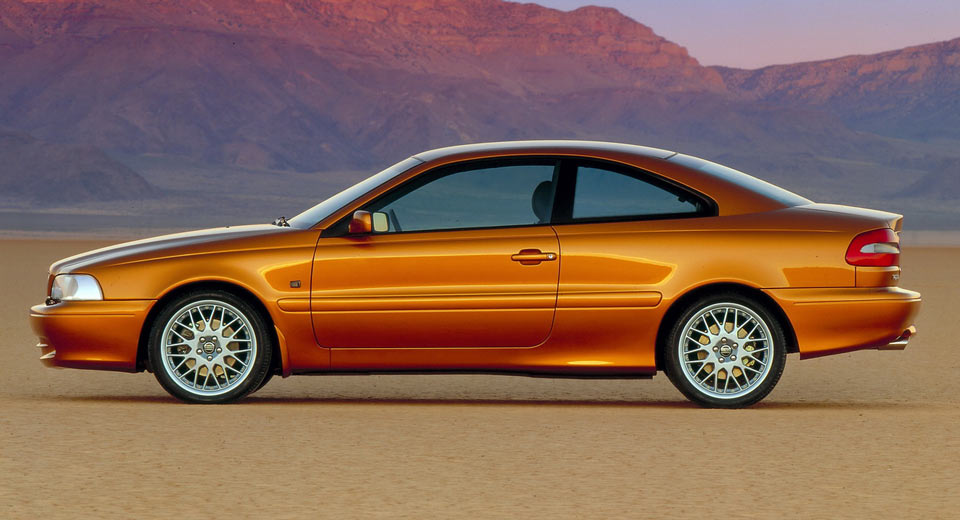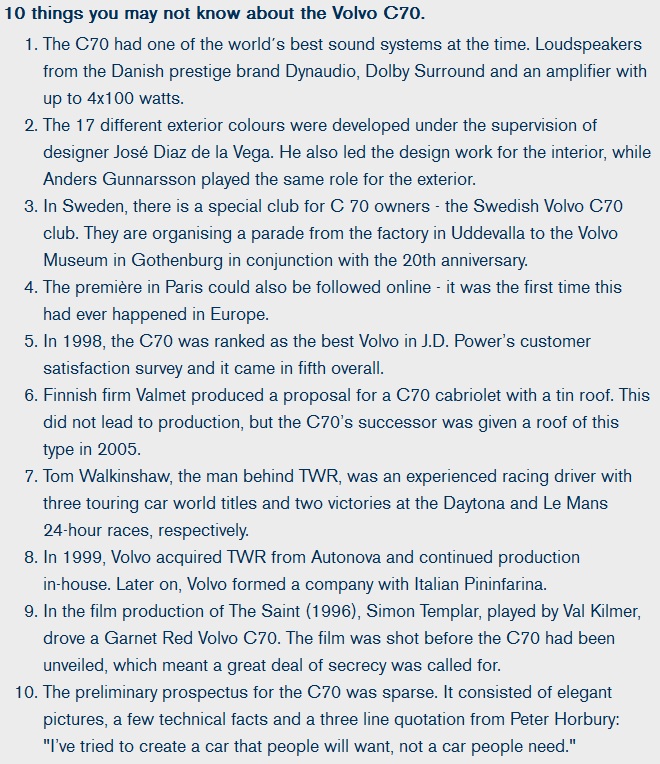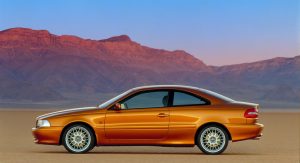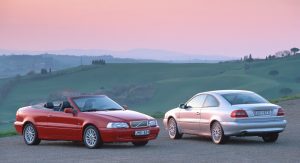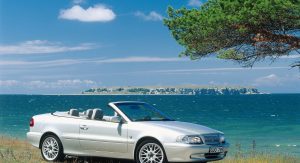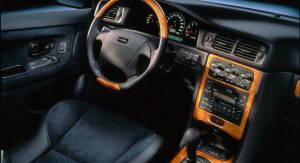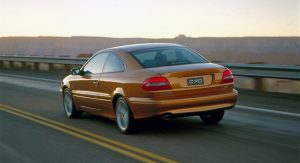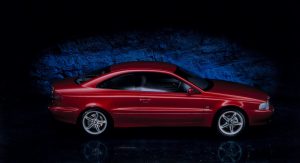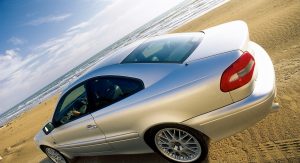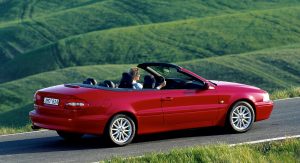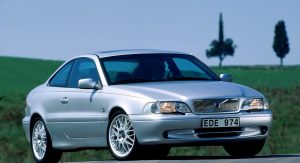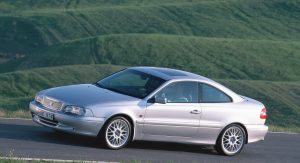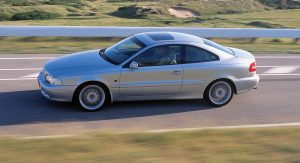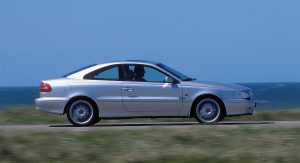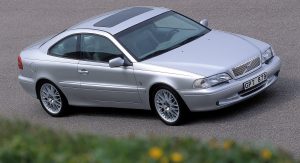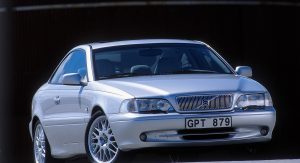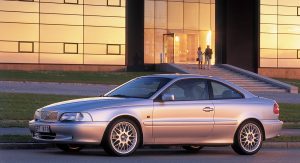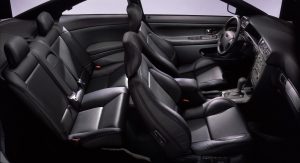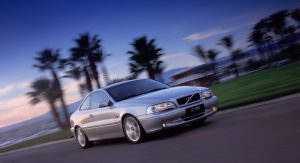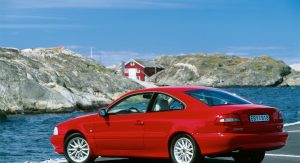It was September 30, 1996, when Volvo pulled the covers off the C70 during the Paris Auto Show.
The car, which started out as an idea in early 1990s, was the brand’s first ‘proper’ coupe since the 1800, and it was developed in two versions – coupe and cabriolet, based on the 850.
Since the automaker was in a hurry to come out with the final product, they turned to British engineering firm Tom Walkinshaw Racing (TWR), who were already involved with the manufacturer’s racing team in the BTCC. Work started almost right away and one of the first steps was for the project group to cancel their holidays and head to the south of France to rent and try similar vehicles from key competitors.
TWR was responsible for coming up with a design that wanted to change the idea that Volvos are angular and boxy, while the car manufacturer was in charge of coming up with the basic technical structure. Work was conducted at TWR, near Oxford, England, and when famous car designer Ian Callum, who was with the British firm at the time, showed sketches of a coupe with an arched roofline, its shape remained almost unchanged up to production.
With its new look, the same length and wheelbase as the 850, and a convertible that followed it, the C70 needed its appearance to be matched by the speed, so five-cylinder turbo engines were adopted, the strongest of which was taken from the 850R, and it produced 240 HP, from a 2.3-liter displacement. There was also a 2.5-liter unit with 193 HP and softer 2-liter variants that offered 180 HP and 225 HP, respectively, aimed at markets where the cylinder volume determined the taxation levels.
Announced at the same time the coupe was launched, the C70 Cabriolet was eventually unveiled one year later and it was the first modern Volvo drop-top, one that would break the ice for the Swedish company, as it had been skeptical about convertibles for crash safety reasons. However, the C70 featured the Roll Over Protection System (ROPS), with two protective frames behind the rear seat that were activated in the event of a rollover, and the windscreen frame was made from high-strength steel and anchored to the base plate.
The first generation C70 Coupe lived until 2002, while the C70 Cabriolet was produced for a further three years, and by that time, 76,809 cars had been built, out of which 49,795 were convertibles and 27,014 coupes. Built by Pininfarina and featuring a 3-piece retractable hardtop, the second-gen C70 Cabriolet was launched at the Paris Auto Show, in 2005.







